FIRST LOOK: Everything you need to know about the Callaway Apex Ai200, Ai300 and Ti Fusion Irons
Last updated:
Everything you need to know about the Callaway Apex Ai200, Ai300, and Ti Fusion irons.
Since introducing their first Apex iron which laid the foundation stone of the players’ distance iron category in 2014 the Callaway Apex irons franchise has been renowned for offering some of the best irons available.
But after 10 years in the marketplace Callaway openly admit their Apex 21 models didn’t quite hit the spot in the same way iconic previous models like the Apex CF16. But, rather than rush into cranking out more new models that miss their target the company has taken a step back to reassess the market and reanalyze which technologies truly help golfers play better golf.

They’ve taken the time to check out and understand why competitor models like the TaylorMade P790 and Titleist T150 have caught their premium iron franchise up, and why such models have become so popular among decent golfers. They’ve realized over time too much emphasis has been heaped on distance, where in fact greater consistency will play a greater role in helping golfers score lower more frequently.
So, the company’s engineers went back to the drawing board and what they’ve come up with is a brand-new hollow body Apex Ai200 iron to target the players’ distance iron category. A new cavity back Apex Ai300 will satisfy mid-handicappers and game improvers and a celebratory super premium Apex Ti Fusion showcases the franchise’s 10th anniversary and delivers holy grail-like performance within the player’s distance iron arena. Here’s everything you need to know about all three models.

Everything you need to know about the Callaway Apex Ai200 and Ai300 iron
Everything is forged
There’s a real trend among the best players’ distance irons to combine a forged face with a cast body or vice versa, features that trade-off sound and feel for cost savings. Callaway was intent the Apex Ai200 and Ai300 had to deliver tour-level feel and sound, so unlike some of the competition, the new hollow body model Ai200 (the Ai300 is a forged cavity back) has a soft 1020 forged chassis along with a forged 455 Carpenter steel face. Golfers can expect a super sound and feel along with powerful speed numbers.

Expect greater consistency
With more and more companies talking up the importance of consistency across their iron models it’s starting to feel like we could be entering a post-distance era. A world where score-ability becomes more important than just flat-out launch monitor speed and distance numbers, which for many club golfers will be a great route to improving scoring.
There’s been a feeling around hollow body irons for some time (particularly those not filled) that shots can be difficult to predict, and Callaway says they’ve seen some competitor models offering up carry distances with 10-15 yards of difference on shots that feel well struck.
To counteract this fast face iron phenomenon the Ai200 and Ai300 have Ai Smart faces to target increased speed but also maintain launch and spin when shots don’t hit the center. It’s refreshing to hear how the designers have focused on creating healthy ball flights with more launch, more spin, and steeper descent angles, all points I and TG test pro-Neil Wain have been promoting for years. The idea is hitting a distance number consistently with less variation, which of course can only help improve your scoring potential.
Refined and sophisticated
To get premium players’ distance and the best mid-handicap irons into the hands of their intended audience it’s become vital that models look great both on the pro-shop rack and in the play position. So, it’s no surprise the Ai200 and Ai300 feature some refinements in shaping over previous models.
The Ai200 features a thinner topline and shorter blade length, it’s also aimed at a slightly better player than the previous Apex 21, a model that didn’t have a modern hollow body. The Ai300 targets being more of a game-improver cavity back with more offset, extra blade length plus a wider sole and topline (a model that’s likely to compare favorably to the Titleist T350). You should though expect a sleeker appearance than the deep cavity back Apex 21 DCB.

There’s a new naming convention
Part of the reason Callaway feels the Apex family needed some repositioning is because golfers didn’t get previous product names. The Apex 21 might have been referred to as the ‘standard’ model but in fact there was absolutely nothing standard about it.
This time around a new numeric naming convention means that like the best Titleist irons, the models run in order of forgiveness, so the bigger the number the more playable each becomes. The idea is also open to other models being potentially inserted at any point as easily identifiable competitors to the Titleist T100 or T150.

Who are the Apex Ai200 and Ai300 irons for?
It’s not too difficult to spot who each of these new models is aimed at. The Ai200 falls into the players’ distance iron category, it’s for reasonable players who want long distances without sacrificing feel and consistency. See the model as a competitor to the TaylorMade P790, Titleist T200, Ping i530, or PXG 0311 P GEN6 and you’ll be thinking exactly along the right lines.
The Ai300 is much more of a game improvers model, it will sit well in the hands of players who don’t want to compromise on the look, sound, feel, or consistency of their forgiving irons. See the model as a forged rival to the cast Ping G430, TaylorMade Qi, or forged Titleist T350 and you’ll have just about nailed it.
The Players' Distance Iron



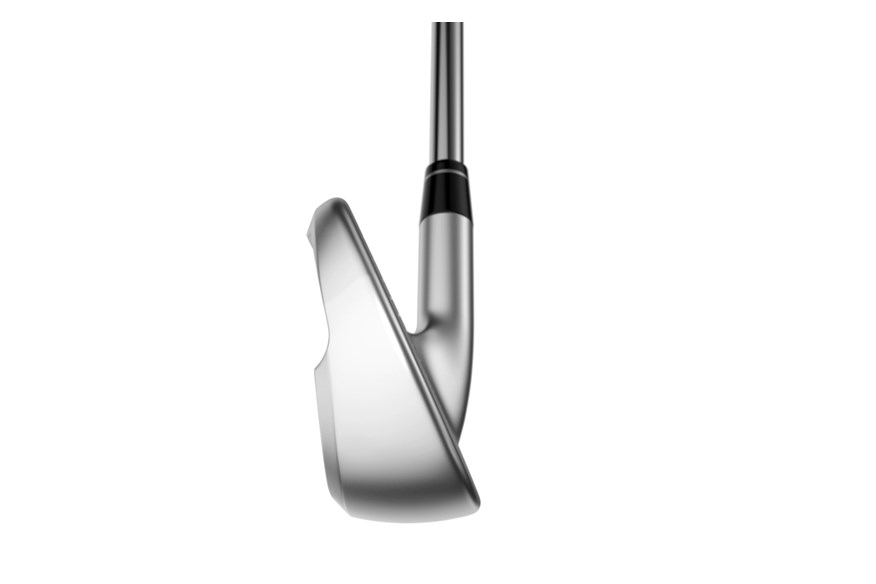

| RRP: | $200 per club - USA, £1199 (s), £1299 (g) per set - UK |
| Stock Shaft: | True Temper Dynamic Gold Mid 100 (S), UST HDC Recoil Dart 80 (G) |
| Stock Grip: | Golf Pride Z-Grip |
| Category: | Players’ Distance Iron |
| Forgiveness rating: | 2.5/5 |
| 7-iron Loft: | 30° |
The Game Improver Iron


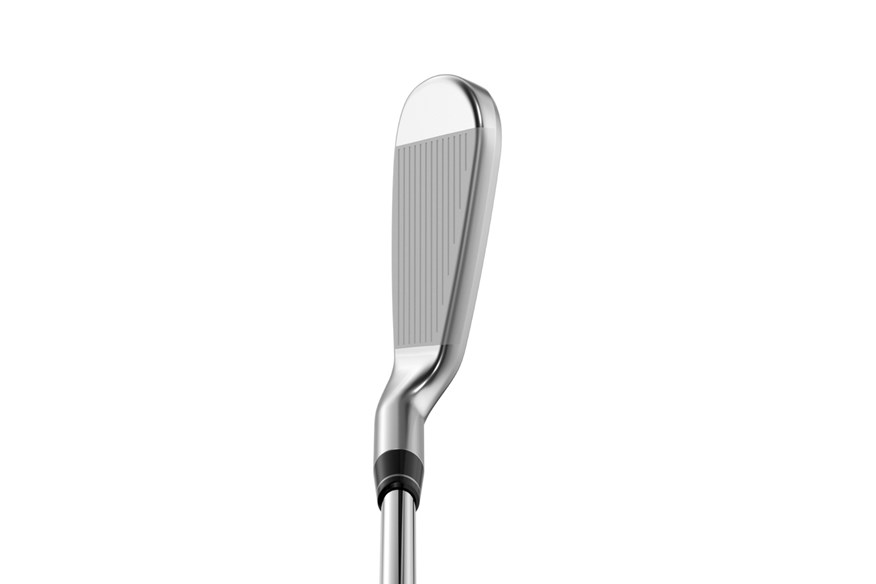
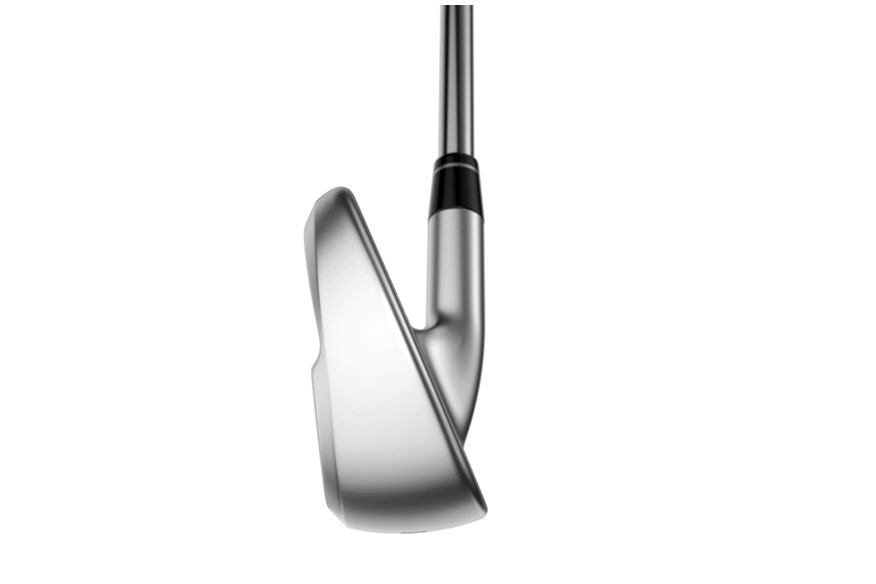

| RRP: | $200 per club - USA, £1199 (S), £1299 (g) per set - UK |
| Stock shaft: | True Temper Dynamic Gold Mid 90 (s), UST HDC Recoil Dart 70 (g) |
| Stock grip: | Golf Pride Z-Grip |
| Category: | Game Improver Iron |
| Forgiveness rating: | 3/5 |
| 7-iron loft: | 29° |
Everything you need to know about the Callaway Apex Ti Fusion iron
With the new Ai200 and Ai300 irons bringing the Apex franchise to five models (the Apex MB, CB, and Pro launched late last season) many would think there couldn’t possibly be a further gap in the market for an additional Apex iron.
However, thanks to 2024 being the 10th anniversary of the game-changing original Apex the company wanted to create what they consider to be the holy grail of irons, a new titanium face Apex Ti Fusion. Just like brands who create concept cars to showcase how innovative their engineering teams can be Callaway has created the Ai Fusion to try something new and make a product the company has never created before.

Granted titanium irons are not ground-breaking, TaylorMade had the P790 Ti in 2019, and Callaway even had their own tungsten and titanium Great Big Bertha iron decades ago, but the material comes with some inherent problems. Titanium is super light, hence why it’s been such a good choice for drivers for decades, however, full Ti body irons create issues for CG positioning.
Titanium and steel also hate being fused, so until now it’s been a major challenge creating titanium face and steel body irons that bring significant gains to the table, but that’s exactly what the Ti Fusion does.

By patenting a new process for bonding titanium to steel the Ti Fusion has a titanium face that behaves like a driver and a forged steel body. The new construction offers great spin consistency across the face and throughout the set along with more speed, great feel, and additional stability. Hence why Callaway believes the design is great at everything and the model represents the holy grail for irons.
To back up their thinking the company says golfers can expect greater long iron speed and distance, a far superior feel (which has really surprised them), and short iron spin that is every bit as consistent as a solid one-piece forged iron.
Internal testing has highlighted golfers getting a lovely ‘jump’ feeling off the face while down-range dispersion has been just as good as their most forgiving irons. Golfers can expect the performance of a forgiving 2-piece iron with the consistency of a muscleback blade, which means you won’t see massive drop-offs when shots don’t hit center face.

Who does the Callaway Apex Ti Fusion iron suit?
Callaway knows there are masses of golfers out there shopping within the players’ distance iron market, so they’re pitching the Ti Fusion in at serious avid golfers who want to go all out at performance, as obviously titanium comes at a premium cost. The model doesn’t come with a game improver spec package, and its high launch, high spin capabilities are more geared towards the better player. To my mind you should see the model as an alternative to the Apex 21 Pro and Titleist T150 models, I’m also keen to see how they compare to the Cobra 3D Printed irons.
What finish is on the Apex Ti Fusion iron?
To create a super sleek but durable finish the Apex Ti Fusion comes with a black Diamond-Like Coating (DLC). The finish is more durable than the PVD the company has used before.
The Ultimate Players' Distance Iron





| RRP: | $300 per club - USA, £1999 per set - UK |
| Stock shaft: | True Temper Dynamic Gold Mid Gunmetal 115 (s), Mitsubishi MMT (g) |
| Stock grip: | Golf Pride Z-Grip |
| Category: | Players’ Distance Iron |
| Forgiveness rating: | 3/5 |
| 7-iron loft: | 30.5° |
READ NEXT: Which Callaway iron suits you?
-
 A hero image of the Callaway Apex AI200, AI300 and Ti Fusion irons
A hero image of the Callaway Apex AI200, AI300 and Ti Fusion irons
-
 A comparison of the Callaway AI200 and AI300 irons
A comparison of the Callaway AI200 and AI300 irons
-
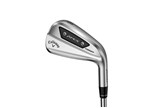 The back detailing of the Callaway Apex AI200 iron
The back detailing of the Callaway Apex AI200 iron
-
 The Callaway Apex AI200 iron in the play position
The Callaway Apex AI200 iron in the play position
-
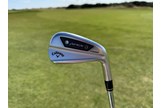 The Callaway Apex Ai200 iron on a golf course
The Callaway Apex Ai200 iron on a golf course
-
 The Callaway Apex AI200 Iron sat behind a ball on the golf course
The Callaway Apex AI200 Iron sat behind a ball on the golf course
-
 The head shape and hosel offset of the Callaway Apex AI200 iron from the toe
The head shape and hosel offset of the Callaway Apex AI200 iron from the toe
-
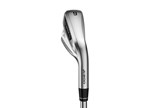 The Callaway Apex AI200 iron sole width
The Callaway Apex AI200 iron sole width
-
 The back detail of the Callaway Apex AI300 Iron
The back detail of the Callaway Apex AI300 Iron
-
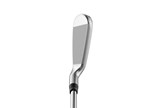 The Callaway Apex AI300 iron in the play position
The Callaway Apex AI300 iron in the play position
-
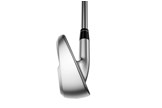 The hosel offset and head shape of the Callaway Apex AI300 iron from the toe
The hosel offset and head shape of the Callaway Apex AI300 iron from the toe
-
 The Callaway Apex AI300 iron in the play position on the golf course
The Callaway Apex AI300 iron in the play position on the golf course
-
 The sole width of the Callaway Apex AI300 iron
The sole width of the Callaway Apex AI300 iron
-
 The Callaway Apex AI300 Irons on a golf course
The Callaway Apex AI300 Irons on a golf course
-
 The back detail of the Callaway Apex Ti Fusion iron
The back detail of the Callaway Apex Ti Fusion iron
-
 A close up of the back detailing of the Callaway Apex Ti Fusion iron
A close up of the back detailing of the Callaway Apex Ti Fusion iron
-
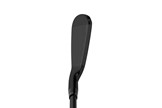 The Callaway Apex Ti Fusion iron in the play position
The Callaway Apex Ti Fusion iron in the play position
-
 The offset and head shape of the Callaway Apex Ti Fusion iron from the toe
The offset and head shape of the Callaway Apex Ti Fusion iron from the toe
-
 The Callaway Apex Ti Fusion sat behind a golf ball on a golf course
The Callaway Apex Ti Fusion sat behind a golf ball on a golf course
-
 The Callaway Apex TI Fusion irons sat in a golf bag
The Callaway Apex TI Fusion irons sat in a golf bag
-
 The sole width of the Callaway Apex Ti Fusion iron
The sole width of the Callaway Apex Ti Fusion iron